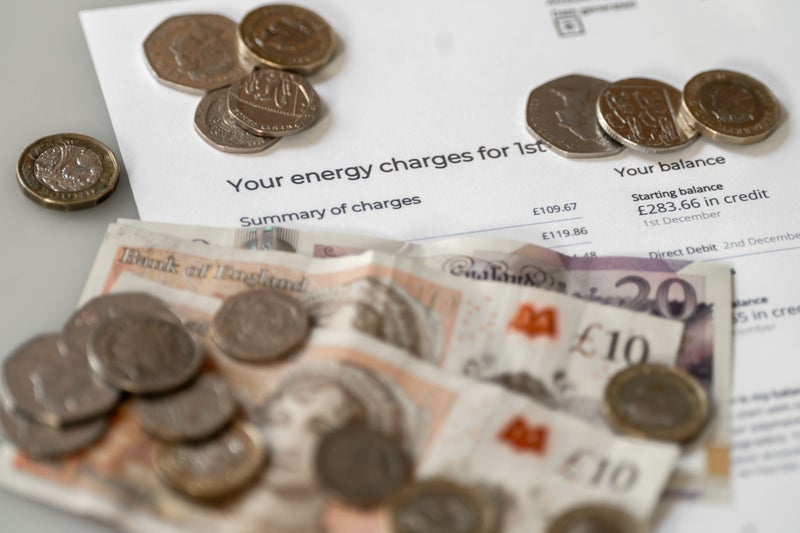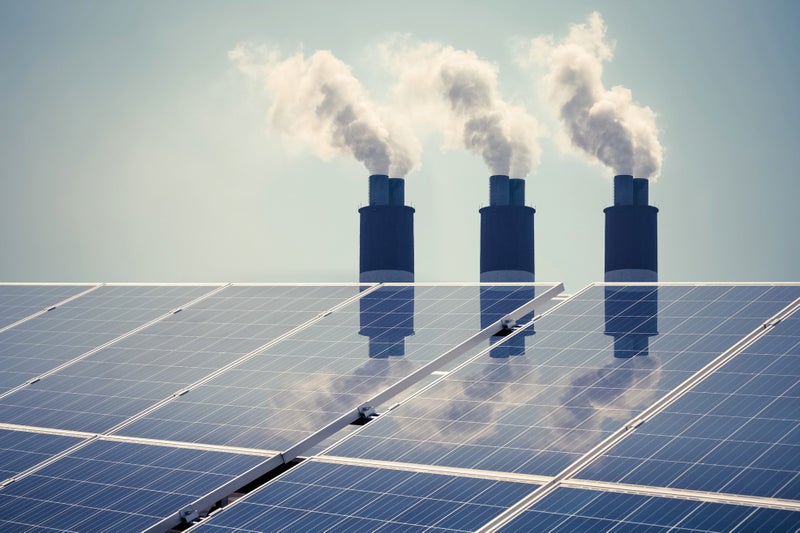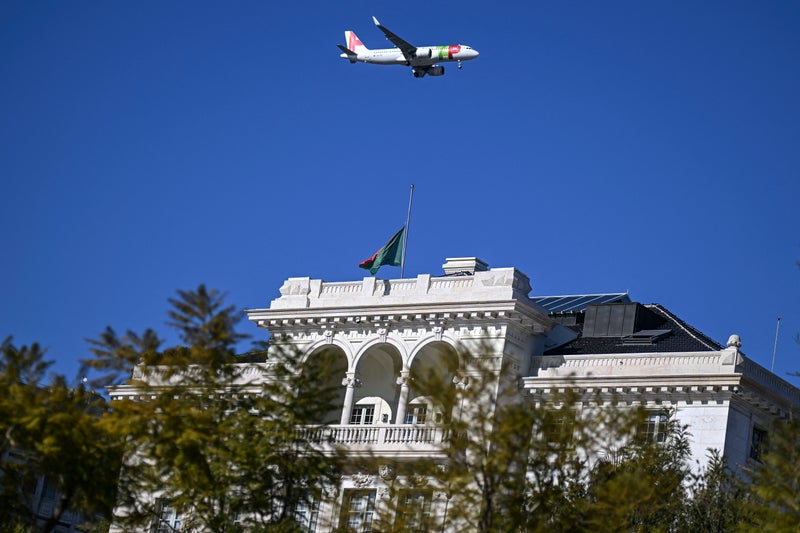UK records 47% annual drop as governments aim to replace fossil fuels but also spend billions on new LNG terminals. European imports of seaborne gas shipments fell by a fifth last year to their lowest level since the pandemic, according to a new report, while the UK’s plunged by nearly a half, but governments are continuing to spend billions on new import terminals. The Institute for Energy Economics and Financial Analysis (IEEFA) found that Europe’s imports of liquefied natural gas, known as LNG, fell by 19% last year to lows not seen since 2021 as governments worked to replace fossil fuels with renewable energy.
However, a wave of fresh investments in new LNG import infrastructure after Russia’s invasion of Ukraine has moved ahead, which could mean that infrastructure worth billions will sit idle in the years to come, the institute warned. The findings are also likely to spark debate in the UK over the need for investment in new North Sea oil and gas projects and gas storage facilities. The report found that the UK recorded the steepest drop in LNG imports last year – a fall of 47% compared with the year before – after its gas demand fell to a record low.
Ana Maria Jaller-Makarewicz, a lead analyst at IEEFA, said governments failing to take into account trends in gas demand would raise the risk of overinvestment and infrastructure being underused as the energy transition accelerated. Under current plans, Europe’s LNG import capacity is expected to grow by 60% between 2021 and 2030, led by countries including Germany, the Netherlands, Turkey, Italy, France, Belgium, Greece, Finland, Poland and Croatia.
These projects were accelerated when Europe’s heavy reliance on imports of gas via pipeline from Russia came to an end after Moscow’s invasion of Ukraine. This triggered an increased interest in renewable energy projects and terminals to import LNG from the US. Almost half the gas imported into Europe via LNG tanker last year was sourced from the US, but the EU’s imports of LNG from Russia climbed by 18% despite the bloc’s aim of ending its reliance on Russian fossil fuels by 2027.
The report found that a third of the cargoes of Russian LNG imported into Europe last year were bought for near-term delivery on the spot market, meaning they were not subject to long-term contracts with Russia and should be phased out as a priority. Sign up to Business Today. Get set for the working day – we'll point you to all the business news and analysis you need every morning. after newsletter promotion.
The report credited policies designed to curb gas consumption and a flurry of new renewable energy projects for last year’s LNG slowdown, but noted that imports of gas via pipeline increased, meaning overall gas demand had remained steady. Jaller-Makarewicz said: “EU efforts to curb gas demand have been crucial for maintaining the continent’s security of energy supply. However, as EU gas demand was flat last year, more work is needed to diversify energy supplies and reduce Europe’s exposure to LNG market volatility.”.































